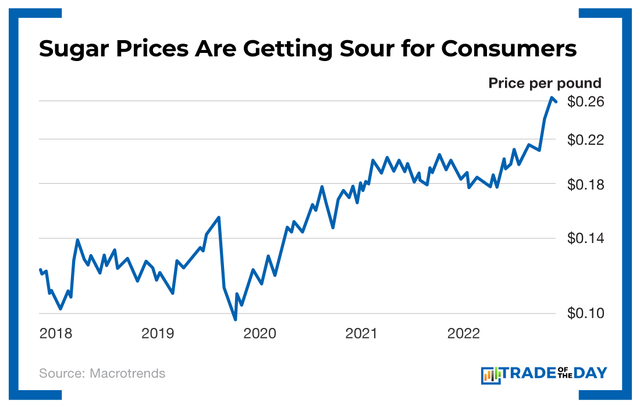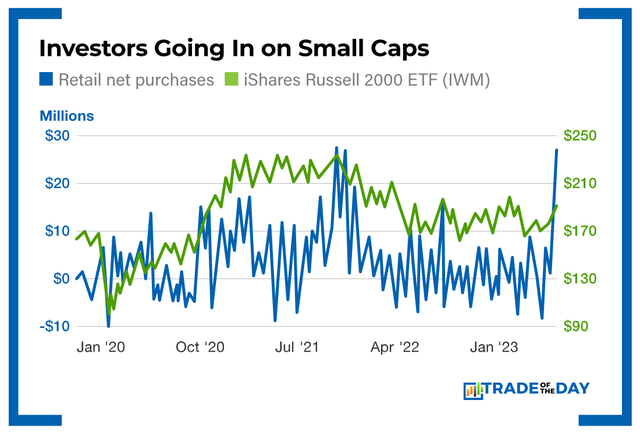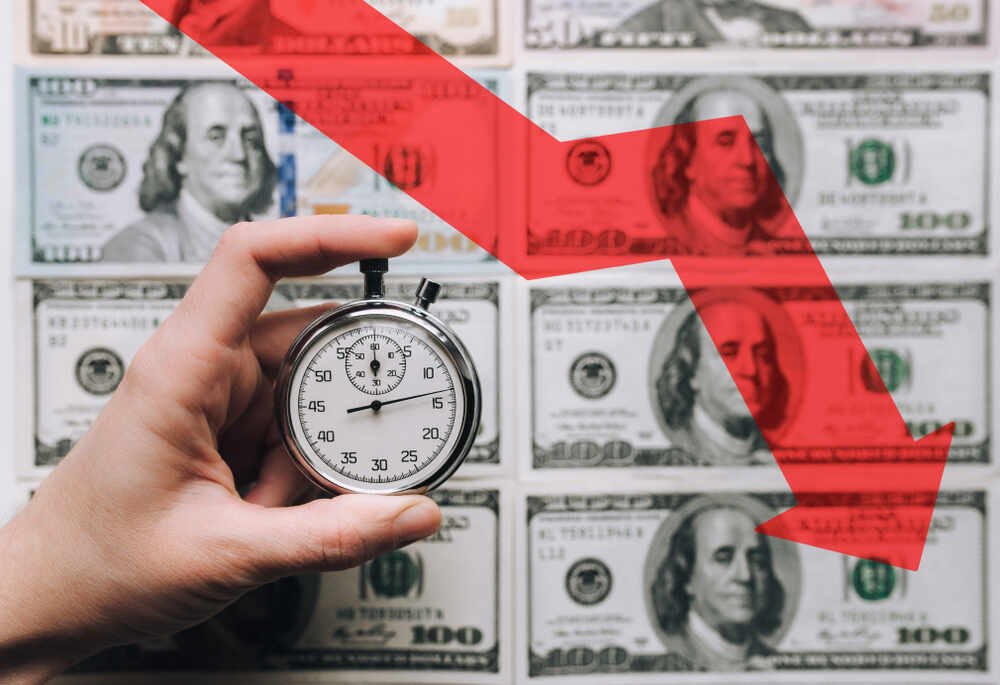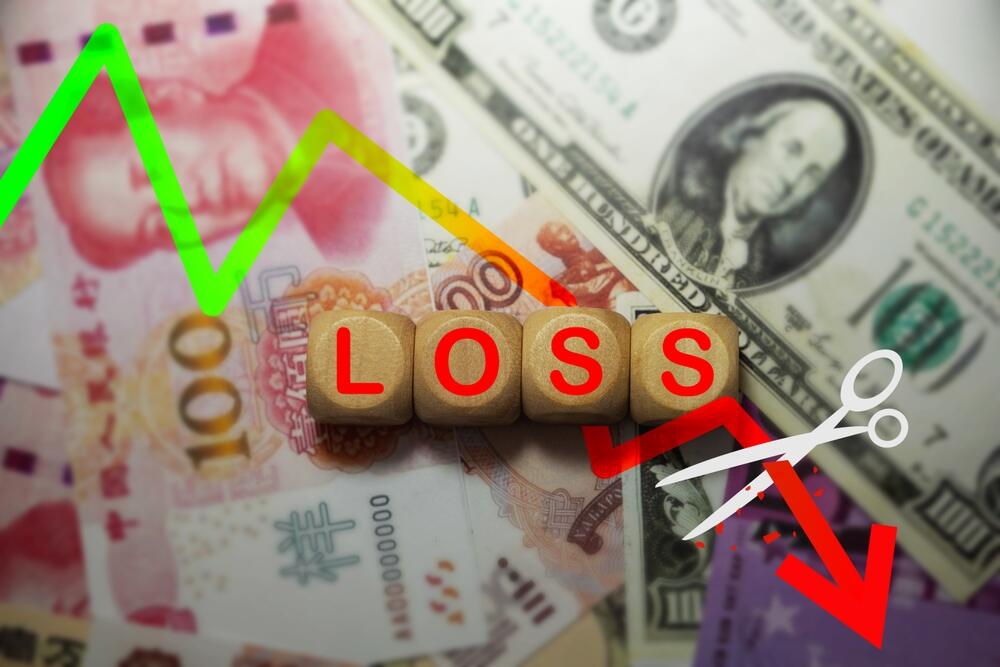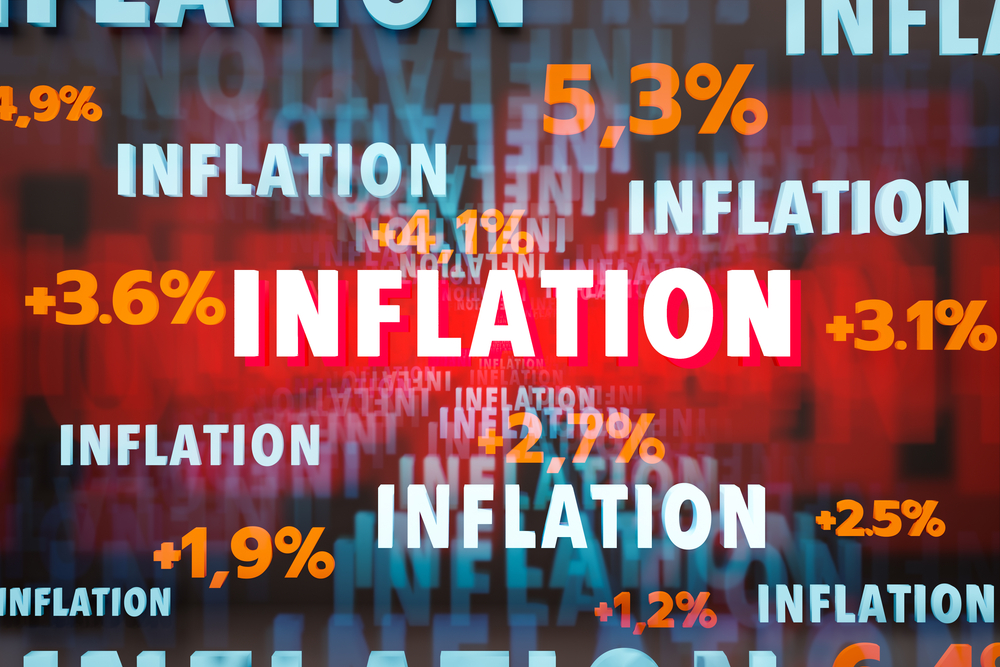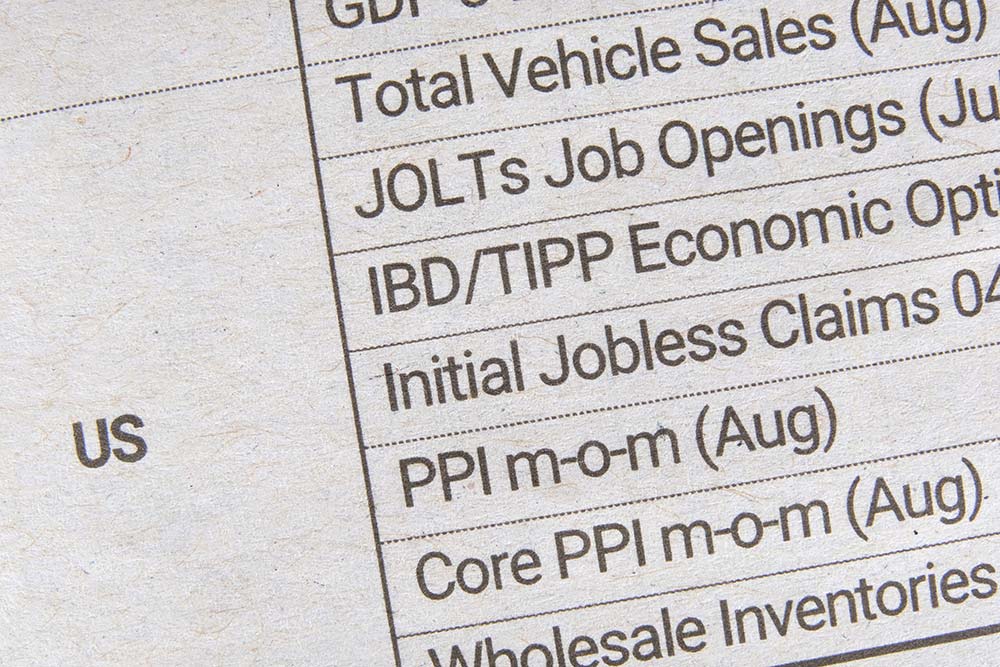Sugar, Spice and Everything… Expensive?
Editor’s Note: It’s no secret… Prices for everything from food and lumber to energy and precious metals have skyrocketed in the past couple of years.
That’s why in today’s guest editorial, Oxford Club Chief Income Strategist Marc Lichtenfeld is showing readers exactly what sugar prices are doing – and which companies will likely see profits or losses.
Also, Marc just recorded a deeper dive on the subject in his Commodities Supercycle Summit.
In it, he reveals the top three commodities that he expects to boom over the coming years. He’ll also show viewers not only how to make a lot of money playing those commodities… but how to protect that money from inflation.
This one is too important to miss.
Click here to watch Marc’s Commodities Supercycle Summit.
– Ryan Fitzwater, Publisher
“Pour some sugar on me,
Ooh, in the name of love.
Pour some sugar on me,
C’mon, fire me up.
Pour your sugar on me,
I can’t get enough.”
– Def Leppard
The rock band Def Leppard released its smash hit “Pour Some Sugar on Me” in 1987. But had the song come out today, the appropriate response would be “Not at these prices!”
In 1987, when the band was pleading with the “video vamp” to break the bottle and shake it up, sugar cost $0.10 per pound on the spot market.
It traded at the same price as recently as 2020. But it recently rose to more than $0.27 per pound – a 170% increase in three years.
Due to poor weather, it is estimated that sugar demand will exceed production by 6 million to 7 million metric tons over the next three years, which will likely keep sugar prices elevated.
That’s going to affect companies like Tootsie Roll (NYSE: TR), whose flagship product lists sugar as its first ingredient. Kellogg (NYSE: K) also has strong exposure to sugar prices with sweet breakfast foods like Frosted Flakes, Froot Loops and Pop-Tarts.
High sugar prices will affect Hershey Co. (NYSE: HSY), which is facing a double whammy due to rising cocoa prices as well.
Cocoa is trading at its highest level in seven years, and prices are forecast to rise to nearly $3,400 per metric ton next year from the current price of $3,065.
And it’s no better for coffee, especially the cheaper robusta beans. Vietnam, one of the world’s major coffee producers, had its smallest harvest in four years.
That’s bad news for my daughter, who needs her Starbucks (Nasdaq: SBUX) fix of Mocha Frappuccinos, which are all sugar, chocolate and coffee with some milk. (At least milk prices have come back down!)
Surging global demand for agricultural products, unpredictable weather and the war in Ukraine are causing prices of many commodities to rise – and they likely will for some time.
Companies like the ones mentioned above will see their expenses rise and will either have to pass them along to consumers or see their profits get squeezed.
On the other hand, the businesses that produce the stuff we eat every day or help the growers will likely boom.
I’m talking about companies like the Brazilian energy and sugar producer Cosan (NYSE: CSAN) and Bunge (NYSE: BG), which also produces sugar as well as a variety of other products, including wheat, milled corn, oils used in food, and plant proteins from soy, peas and more.
Not only will investors who are able to cash in on rising commodities prices help their families keep up with inflation, but if they end up “sticky and sweet, from my head to my feet,” they won’t fret about the high cost of their indulgence.
![]()
YOUR ACTION PLAN
If you want to know more about how I’m playing these commodities and how you could cash in, I’m showing investors exactly how to do this in my Commodities Supercycle Summit.
I’m also revealing a special $1 investment that could become a 10-bagger in the upcoming once-in-a-generation commodities supercycle. You won’t want to miss it.
Click here now to reserve your spot.
Good investing,
Marc
FUN FACT FRIDAY
Guess Who’s Back? Back Again… Retail investors have been pouring money back into the markets, with a large portion going into small cap stocks. As you can see in the chart below, retail net purchases are at their highest level in two years. While small cap stocks offer good opportunities for significant capital appreciation, they can also be more volatile and risky. In The War Room, we know how to play that risk for profits with our “smart speculation” strategies. In May, our pro tacticians went 35 for 39 with a weighted average return of 24.43%. And our top winners were 200%-plus overnight gains on Urban Outfitters (URBN) and Advance Auto Parts (AAP). We’ve got the hot hand, and right now we’re guaranteeing members will receive 252 winning trades in their first 12 months of membership.
Isn’t it time you learned how to trade for real? Click here to unlock The War Room.
More from Trade of the Day
My Go-To Plays for Safety + Long-term Profits
Apr 26, 2024
My Favorite Way to Hedge Choppy Markets
Apr 25, 2024
The Story Behind My 10 Bagger on RILY
Apr 25, 2024
A Silver Lining From Last Week’s Underperformance
Apr 24, 2024
